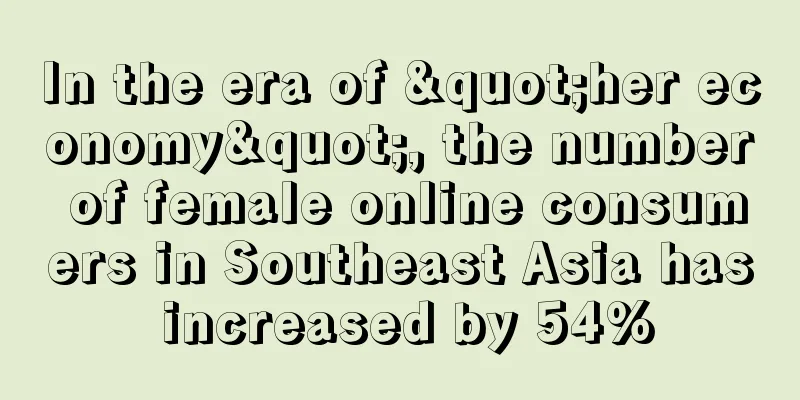Sales have returned to pre-epidemic levels! ZARA still can't relax

|
Inditex, the parent company of fast fashion retailer ZARA, said in its financial report this week that ZARA 's revenue has now returned to pre- epidemic levels.
In addition to ZARA, Inditex also owns clothing brands Pull&Bear and Massimo Dutti . According to Inditex's report, its revenue from May to July reached US $8.25 billion, a 7% increase over the same period in 2019 , and Inditex also regained its position as the world's largest clothing retailer.
Zara 's physical stores still make up a major part of its business, with increased foot traffic boosting sales . According to Inditex , 99 % of its stores have now reopened.
Meanwhile, its e-commerce sales continue to grow . The company expects online business to exceed 25% of total sales by the end of fiscal 2021. In 2018, only 12% of total sales came from online business .
Zara 's in -store self-collection service allows it to recoup sales faster than fast-fashion peers such as H&M , which have more limited logistical flexibility .
In contrast, H&M's recovery has been much slower. In its latest financial report, H&M Group's sales increased by 9% year-on-year to US$6.46 billion. However, its net sales were still down 11% from the same period in 2019.
ZARA 's early investment in online fulfillment has accelerated its sales recovery to a certain extent . In fact , before the epidemic, ZARA had already provided in-store pickup services to customers. In 2018, the company launched " self-pickup points " specifically for picking up online orders. In 2020, Inditex also announced that it would spend $3 billion to develop technology to further improve its online and offline store shopping experience.
This novel fulfillment service is still lacking in H&M stores . Although H&M currently allows customers to check the inventory of their local store, there are still no official self-collection points in stores in the United States that provide in-store pickup services.
ZARA 's sales recovery shows that early investment in technology integration is an effective long-term strategy. For traditional offline brands like ZARA , this means not only increasing investment in e-commerce, but also refreshing the design of physical stores, such as more novel store formats and integrated digital signage .
Zara still has some way to go in building a modern e-commerce experience . Although it has launched mobile applications in recent years , its desktop website experience is still poor , and shoppers cannot filter products by criteria such as price.
In addition, although ZARA 's sales have returned to pre-pandemic levels, the company still faces competitive pressure from online fast fashion retailers such as SHEIN and Blushmark . Independent website ZARA |
<<: Amazon and Morrisons to expand same-day delivery service in UK
>>: Sendcloud Completes US$177 Million Series C Financing
Recommend
What is Thereviewindex? Thereviewindex Review, Features
Thereviewindex is a magical tool for analyzing pro...
With a year-on-year increase of 188%, Korean online e-commerce Market Kurly is popular among the elderly
South Korean online e-commerce platform Market Ku...
Hiking craze takes off, and sales of hiking footwear rise with it
Luxembourg, located in northwestern Europe, is on...
What is Dropi? Dropi Review, Features
Dropi is a platform for online stores to manage o...
South Korean online shopping platform Queenit receives $43 million in funding
Online shopping platform Queenit recently receive...
What is fraudfighters? Fraudfighters Review, Features
Fraudfighters make our country a better place by ...
What is Remitly? Remitly Review, Features
<span data-docs-delta="[[20,{"gallery"...
Sales volume dropped by 90%, and a large number of sellers lost their shopping carts
The repeated incidents of lost shopping carts are...
From earning 700 million yuan a year to earning 17 million yuan a year, the cross-border big brother is in debt of 2.5 billion yuan!
Delisting risk warnings, sale of high-profit subs...
Amo women's shoes are back on Taobao! 13-year-old fans flocked to the live broadcast room, and the nostalgic barrage moved the founder
"Amo is back! " This comment was all ov...
Under the epidemic situation, American disinfectants will continue to sell well!
The outbreak of the epidemic has changed people ’...
What is Amazon Influencer Program? Amazon Influencer Program Review, Features
Amazon Influencer Program is a social fan marketi...
What is DownstreamImpact? DownstreamImpact Review, Features
DownstreamImpact is an Amazon advertising optimiza...
Alibaba International releases three AI design ecosystem tools
In the AI era, how can design help Chinese manu...
With the number of new cases exceeding 1,200 in a single day, Osaka, Japan may enter a state of emergency
According to a report by Japan's Kyodo News o...









